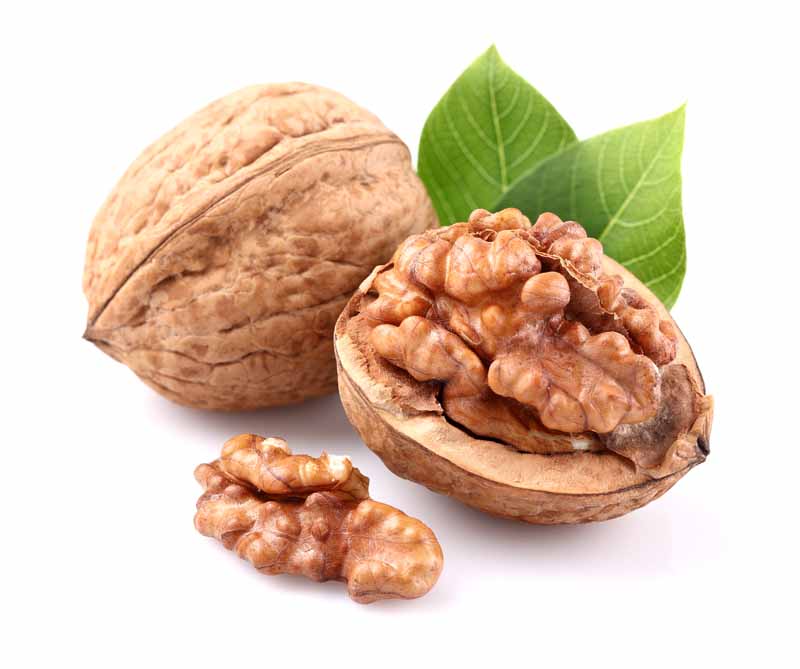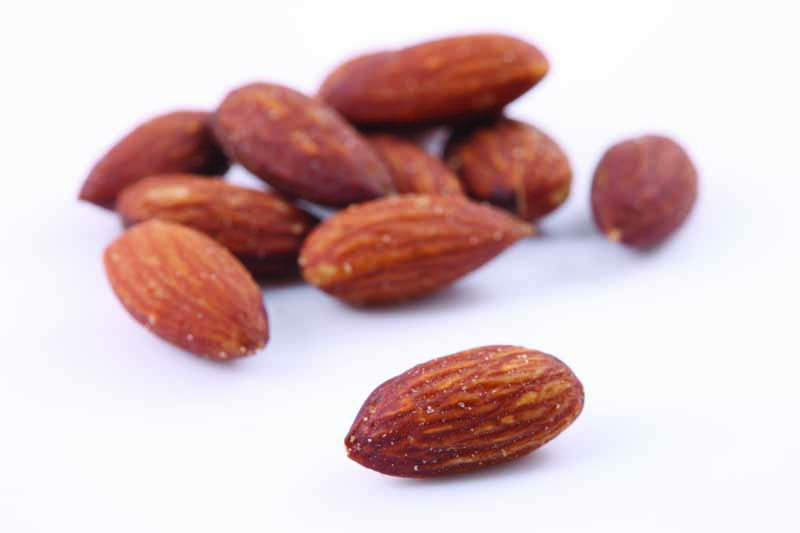Dried fruit
Dried fruit is fruit from which the majority of the original water content has been removed either naturally, through sun drying, or through the use of specialized dryers or dehydrators. Dried fruit has a long tradition of use dating back to the fourth millennium BC in Mesopotamia, and is prized because of its sweet taste, nutritive value, and long shelf life.
November 18, 2019
History
Traditional dried fruit such as raisins, figs, dates, apricots, and apples has been a staple of Mediterranean diets for millennia. This is due partly to their early cultivation in the Middle Eastern region known as the Fertile Crescent, made up of parts of modern Iran, Iraq, southwest Turkey, Syria, Lebanon, Palestine, Israel, and northern Egypt. Drying or dehydration also happened to be the earliest form of food preservation: grapes, dates, and figs that fell from the tree or vine would dry in the hot sun. Early hunter-gatherers observed that these fallen fruits took on an edible form, and valued them for their stability as well as their concentrated sweetness.[2][3][4]
The earliest recorded mention of dried fruits can be found in Mesopotamian tablets dating to about 1500 BC, which contain what are probably the oldest known written recipes. These clay slabs, written in Akkadian, the daily language of Babylonia, were inscribed in cuneiform and tell of diets based on grains (barley, millet, and wheat), vegetables, and fruits such as dates, figs, apples, pomegranates, and grapes. These early civilizations used dates, date juice evaporated into syrup, and raisins as sweeteners. They included dried fruits in their breads for which they had more than 300 recipes, from simple barley bread for the workers to very elaborate, spiced cakes with honey for the palaces and temples.



Leave A Comment